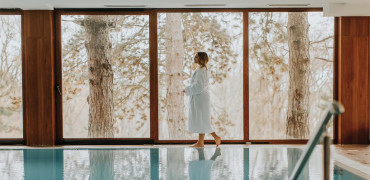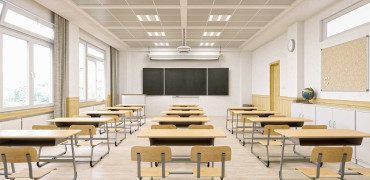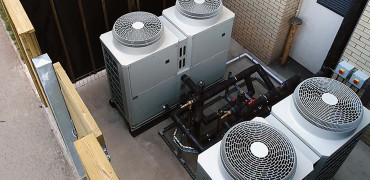In the construction sector, we tend to view buildings from a technical perspective. How they’re designed, how well the operate, and increasingly whether they meet regulatory requirements on energy use and carbon.
However, from another point of view, buildings are financial investments, designed to provide returns to institutions such as banks or pension funds.
This is very much the case with one of the UK’s fastest-growing property sectors: Build-to-Rent (BtR).
Within the past five years, billions of pounds have poured into the UK’s build-to-rent sector, with developments springing up all over the UK from London, to Birmingham, Manchester and Cardiff.
Savills’ 2024 report on this market says that the UK BtR market has seen £35 billion invested, with more to come.
It’s a market where tenants will pay higher rents for more facilities.
Long-term returns
One of the interesting aspects of BtR is that, unlike traditional residential developments that are built for immediate sale to homeowners, these buildings must provide long-term returns. Consequently, there is much more interest from developers and their financial backers in creating buildings that retain their value well into the future.
For example, the Savills report notes that the UK BtR market is just reaching the point of maturity where existing schemes are starting to change hands. They estimate that £20 billion of operational schemes will ‘transact’ in the next decade.
Protecting the value of BtR assets in the long-term is therefore critically important. The question for developers is, are those buildings future-proofed?
In the context of today’s built environment, which means ensuring BtR properties are ready for future legislation in areas such as energy use, decarbonisation and climate change. Meeting current standards is already a minimum requirement, but are investors ready to hear that they need to allow for retrofits to meet new EPC requirements? Or that the gas boilers can no longer be replaced because of regulatory changes?
For example, BtR developments which use gas for heating and hot water, are likely to face the costs and upheaval of retrofitting electric systems within the next decade. But designing and installing modern heat pump systems from the start not only results in better performance, but also saves costs in the long-term. I discussed a range of heat pump technology options in my previous blog.
The impact of the weather
However, it’s not just legislation that developers and investors must now consider. The UK’s future climate will impact buildings and occupants alike. There are already warnings that cities such as London and Manchester (both high investment areas for BtR) face hotter summers.
Part O (Overheating) of the Building Regulations addresses this issue, and it encourages the adoption of preventative passive measures such as design, orientation and openable windows.
However, these solutions are not always practical in high-rise city centre buildings, which are often the model for BtR schemes. For example, occupants may find it too noisy to open windows – or have security concerns.
A related issue is the impact of outdoor pollution on indoor air quality. Simply letting in outdoor air for ventilation without filtration can cause health problems for occupants, and lead to longer term damage of internal building fittings.
While air conditioning may not be an option developers want to consider in light of energy use goals, mechanical ventilation may be a useful option. Mechanical ventilation with heat recovery (MVHR) such as Mitsubishi Electric’s Lossnay can deliver year-round ventilation with filtration of incoming air for enhanced IAQ even in city centres.
These systems work best if adopted at the design stage, so making the investment now pays dividends in the long-term. MVHR also reduces risks of internal issues with damp and mould that not only impact occupant health but also damage the building itself, adding to maintenance and repair costs in the long-term.
Higher rents
If we consider BtR as marketable, financial investments then the voice of the customer (the tenants) is critical to success. Build-to-rent properties are marketed as ‘accommodation as a service.’ And it’s a market where tenants will pay higher rents for more facilities. This means gyms, shared spaces, laundry service, or ultra-fast Wi-Fi.
Of course, HVAC systems probably aren’t high on the list of priorities for most potential BtR tenants if you asked them directly. However, one of the features of the BtR market is that tenants can quit far more easily than homeowners.
A building which regularly overheats in summer, or which suffers from mould and damp, is likely to see increased tenant turnover when uncomfortable occupants vote with their feet – not an indication of long-term value.
So although HVAC systems are often hidden from view, they can help to create and support long-term value for investors.
There is a wide range of ventilation, heating, hot water and cooling technologies already on the market that can be applied to meet the requirements of most buildings.
Speaking with your design team at the early stages and brining in the expertise of a manufacturer can help to identify what suits your project. It’s an investment of time that will pay dividends well into the future.
Mike Egan is Business Development Manager




